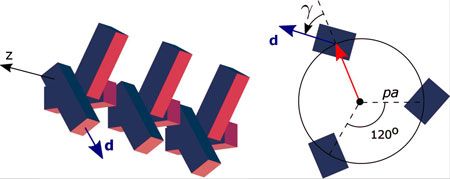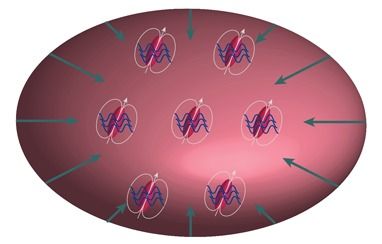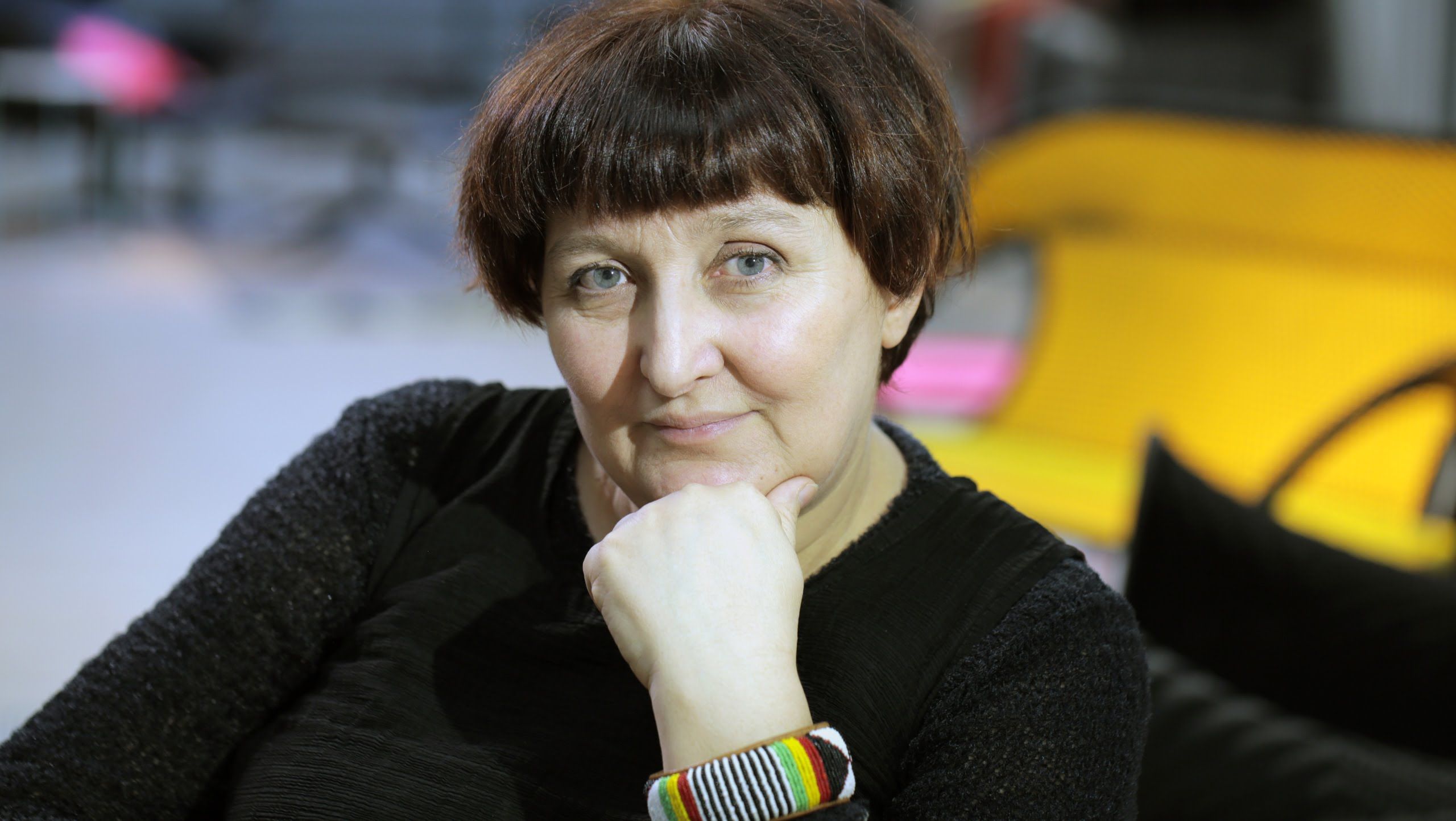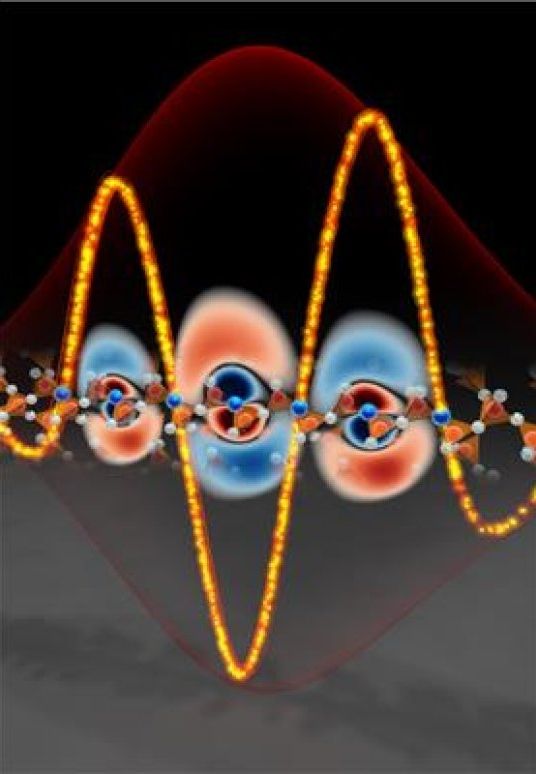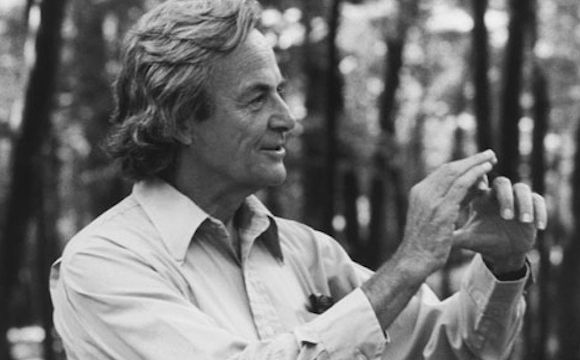May 23, 2016
Supercrystals with new architecture can enhance drug synthesis
Posted by Karen Hurst in category: quantum physics
Scientists from ITMO University and Trinity College have designed an optically active nanosized supercrystal whose novel architecture can help separate organic molecules, thus considerably facilitating the technology of drug synthesis. The study was published in Scientific Reports (“Chiral quantum supercrystals with total dissymmetry of optical response”).
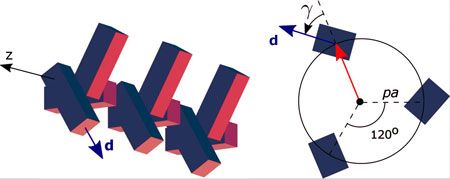
Structure of the helical chiral supercrystal. (Image: ITMO University)
Continue reading “Supercrystals with new architecture can enhance drug synthesis” »
